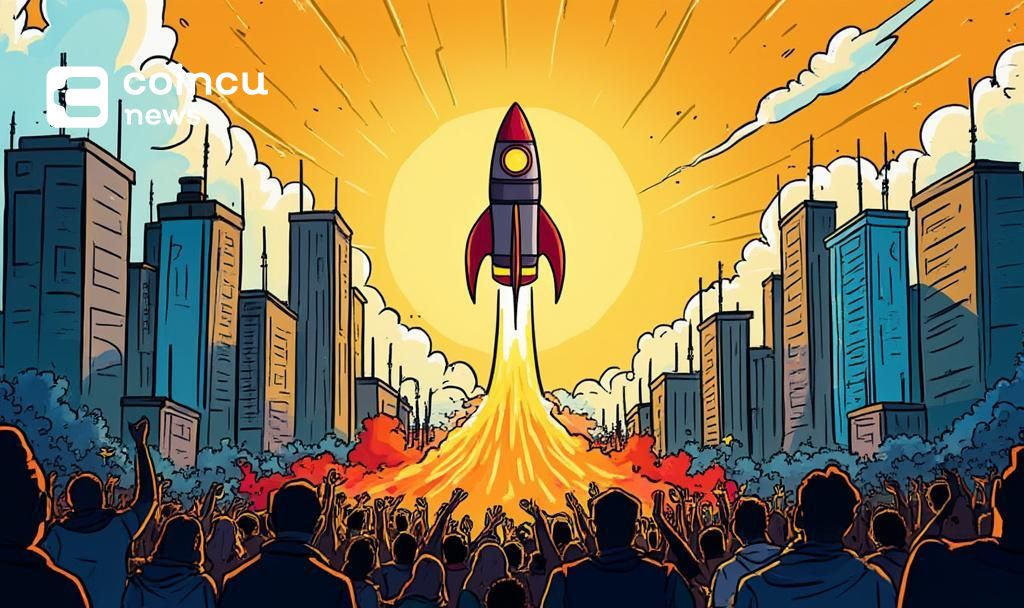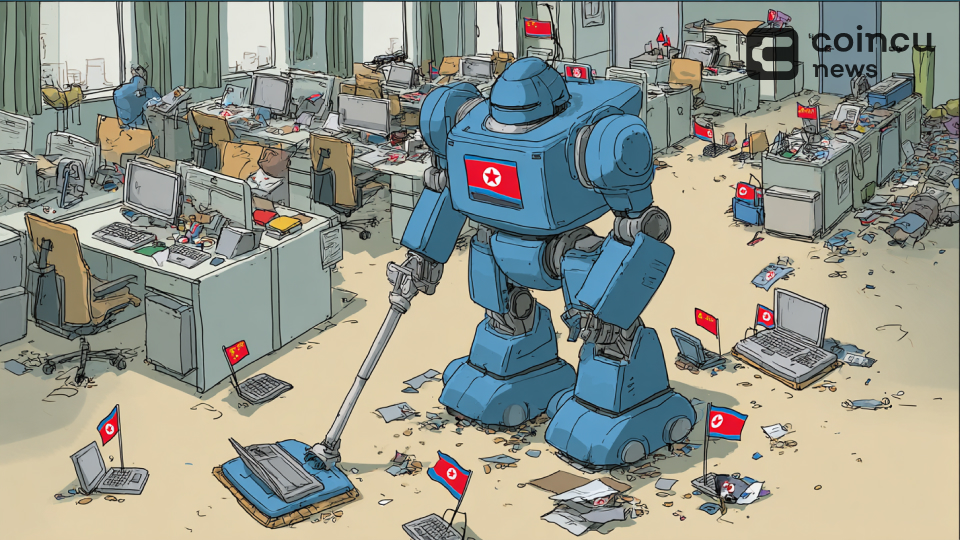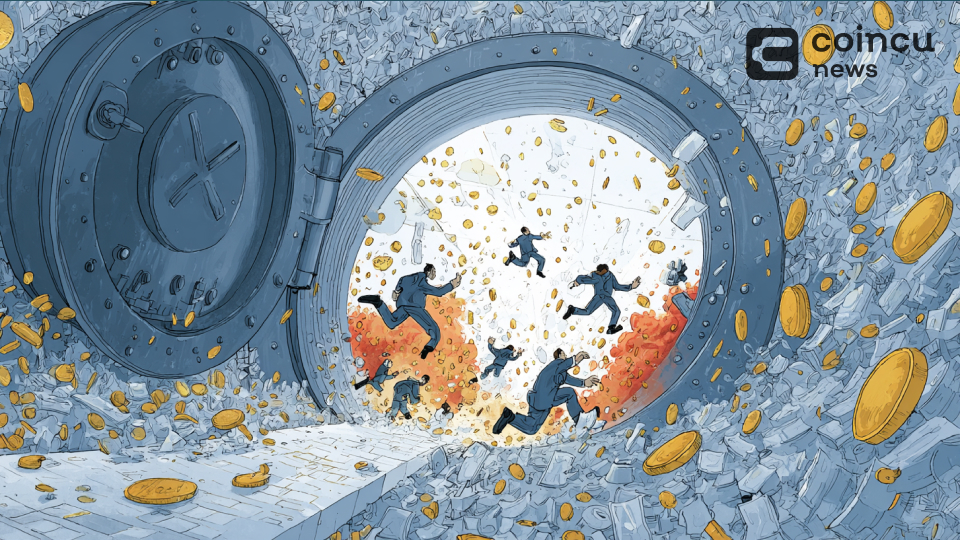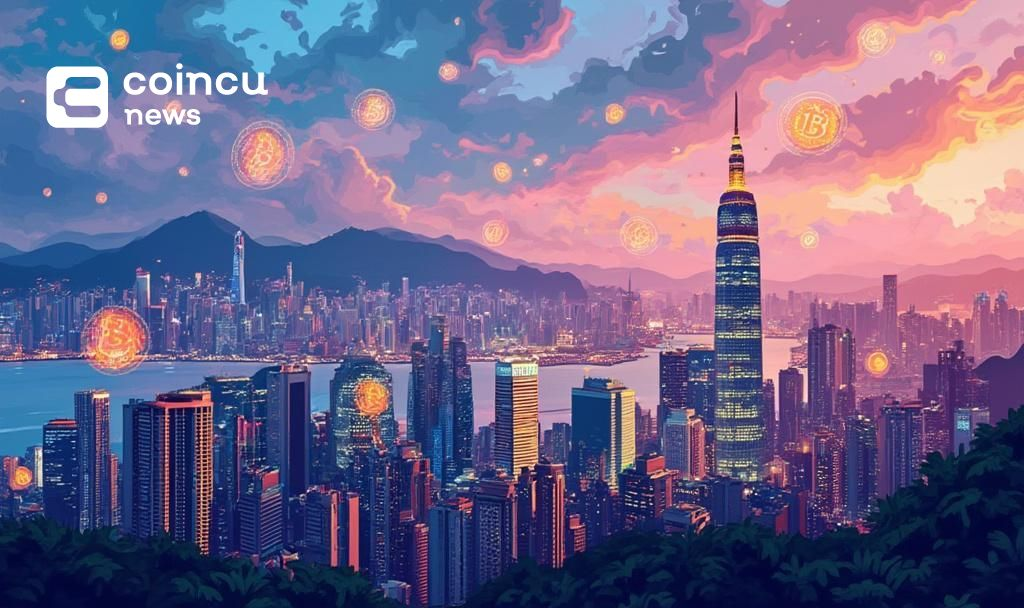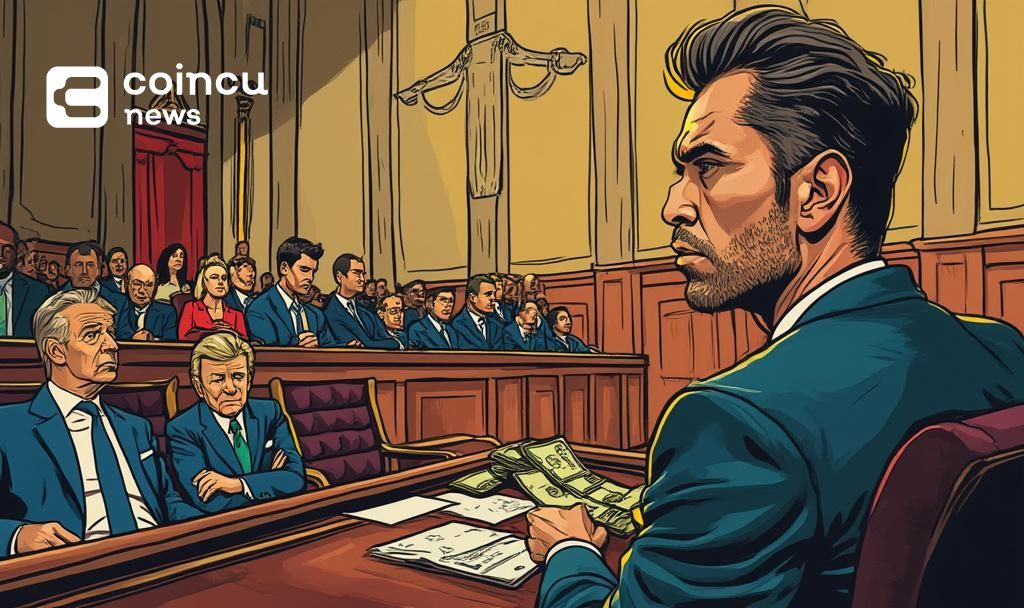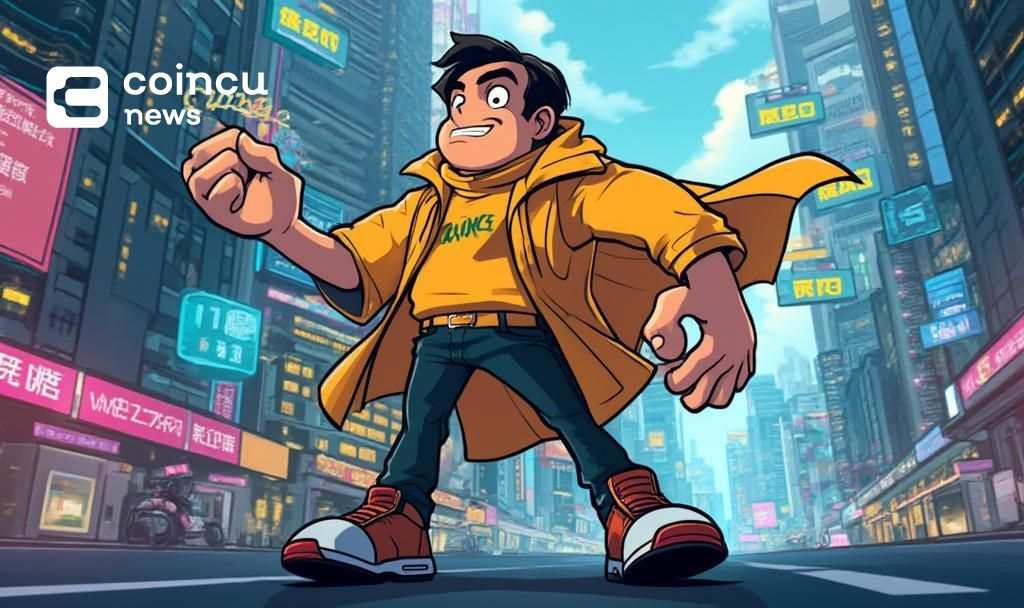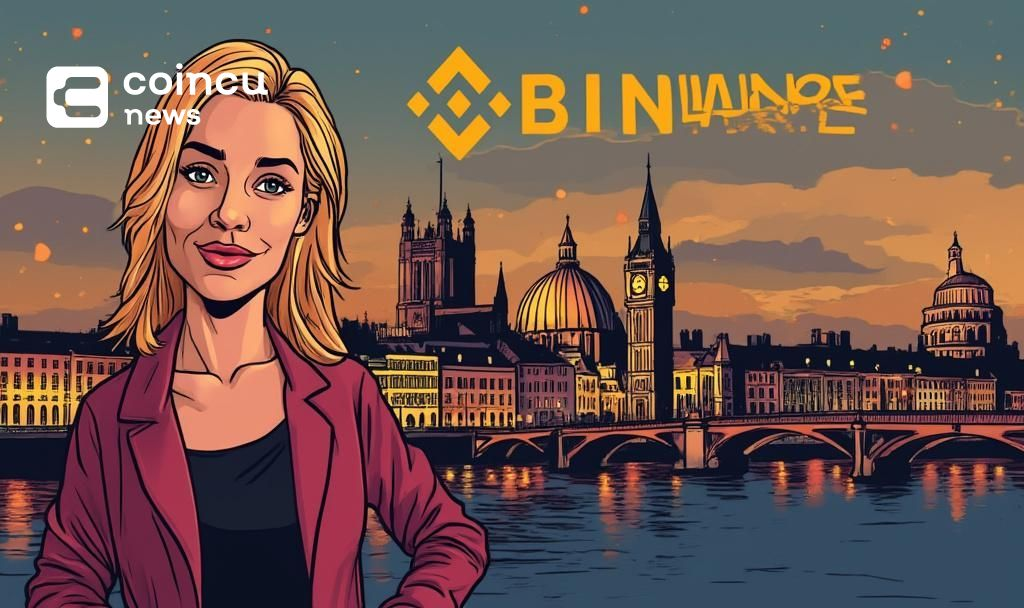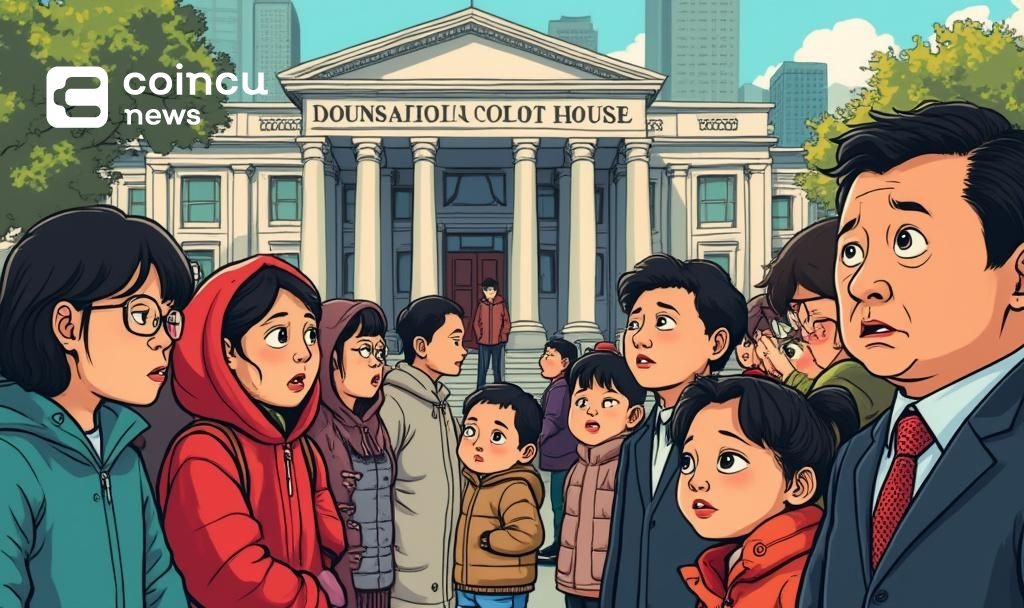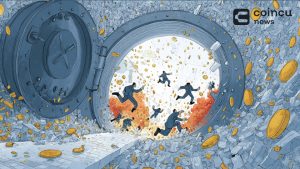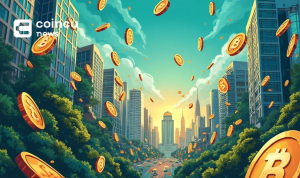$108872.763
At CoinCu News, we give both basic and in-depth articles on the latest news in the cryptocurrency and blockchain sectors.
John Kojo Kumi is a cryptocurrency researcher and writer specializing in emerging startups, tokenomics, and market dynamics within the blockchain ecosystem. With years of experience in crypto journalism and blockchain research, he provides in-depth coverage of decentralized finance (DeFi), NFTs, and Web3 innovations.
He holds a Bachelor of Arts in Geography and Rural Development from Kwame Nkrumah University of Science and Technology, Kumasi, bringing a multidisciplinary perspective to the evolving digital asset space. As a Crypto News Writer, he tracks and reports on industry trends, while his role as a Registrar at the Commission on Human Rights and Administrative Justice reflects his commitment to governance and transparency.
His expertise spans content strategy, SEO optimization, and technical research, enabling him to craft insightful, data-driven analyses. Passionate about blockchain’s transformative potential, he strives to equip readers with the knowledge to navigate the complexities of digital assets and decentralized technologies.
News
Crypto Funding Surpasses 2024’s Total with Major IPO
Crypto funding in 2025 reaches $10.3 billion, exceeding 2024's total, with Circle's IPO leading the
Jul
Microsoft Axes 3,000 NK Spy Accounts in Major Crackdown
Microsoft suspends 3,000 Outlook and Hotmail accounts used by North Korean IT operatives in global
Jul
XRP Unlock: Ripple Shocks Market With Second 500M Release in July
Ripple unlocks 500M more XRP in July, shifting to staggered releases and directing 300M XRP
Jul
Hong Kong Unveils Framework for Digital Asset Growth
Hong Kong's new digital asset regulations aim to balance industry growth and investor protection, advancing
Jul
Roman Storm Appears in Court Amid Tornado Cash Charges
Roman Storm, Tornado Cash co-founder, faces trial over money laundering and conspiracy charges involving cryptocurrency
Jul
Binance Launches Institutional Lending with Enhanced Features
Binance introduces institutional lending, offering VIP clients high leverage and flexible collateral options, boosting trading
Jul
Gillian Lynch Joins Binance as New European Operations Head
Gillian Lynch appointed as Binance's Head of European and UK Operations, emphasizing regulatory engagement.
Jul
PBOC Aims at Expanding Financial Opening in Shanghai
PBOC announces financial opening steps in Shanghai FTZ, enhancing digital RMB utilization while deepening international
Jul
FTX Bankruptcy Reveals Restrictions on User Compensation in 49 Countries
FTX users in 49 countries, including China, face compensation limits due to legal constraints, impacting
Jul
[tptn_list how_old="7" limit="5" title_length="0" heading="0" show_date="0" ]
[tptn_list how_old="30" limit="5" title_length="0" heading="0" show_date="0" ]









